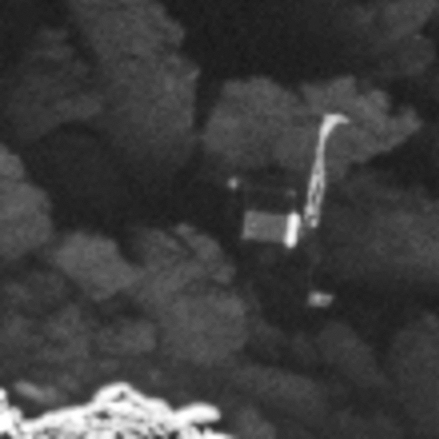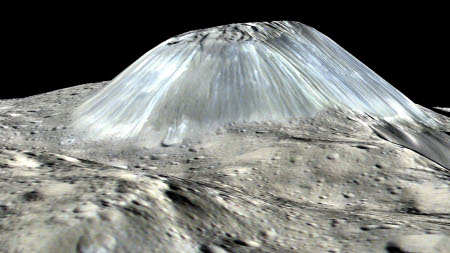Big money for California air pollution researchers
The next time anyone tries to point out how “Big Oil” or “Big corporations” are using their financial clout to squelch research into air pollution, the environment, and global warming, refer them to this story:
Nineteen California professors earning more than $300 million in grants from the government to study air pollution have issued a letter demanding more air quality regulations, which they can then use as a foundation for earning more government grants studying air pollution.
The environmental movement likes to talk about how big corporate money pays for all the environmental skepticism we see in the press, and if that money disappeared the debate would vanish and everyone would agree with them. The trouble is that most skeptics I know, including myself, get nothing from big corporate money. Instead, it is the environmental movement that gets gigantic amounts of cash from the federal government, run by politicians like President Obama, who has a very pro-environmentalist bias and wants his scientists to confirm his religious belief in human-caused global warming and the evils that humans do to the environment.
The next time anyone tries to point out how “Big Oil” or “Big corporations” are using their financial clout to squelch research into air pollution, the environment, and global warming, refer them to this story:
Nineteen California professors earning more than $300 million in grants from the government to study air pollution have issued a letter demanding more air quality regulations, which they can then use as a foundation for earning more government grants studying air pollution.
The environmental movement likes to talk about how big corporate money pays for all the environmental skepticism we see in the press, and if that money disappeared the debate would vanish and everyone would agree with them. The trouble is that most skeptics I know, including myself, get nothing from big corporate money. Instead, it is the environmental movement that gets gigantic amounts of cash from the federal government, run by politicians like President Obama, who has a very pro-environmentalist bias and wants his scientists to confirm his religious belief in human-caused global warming and the evils that humans do to the environment.










